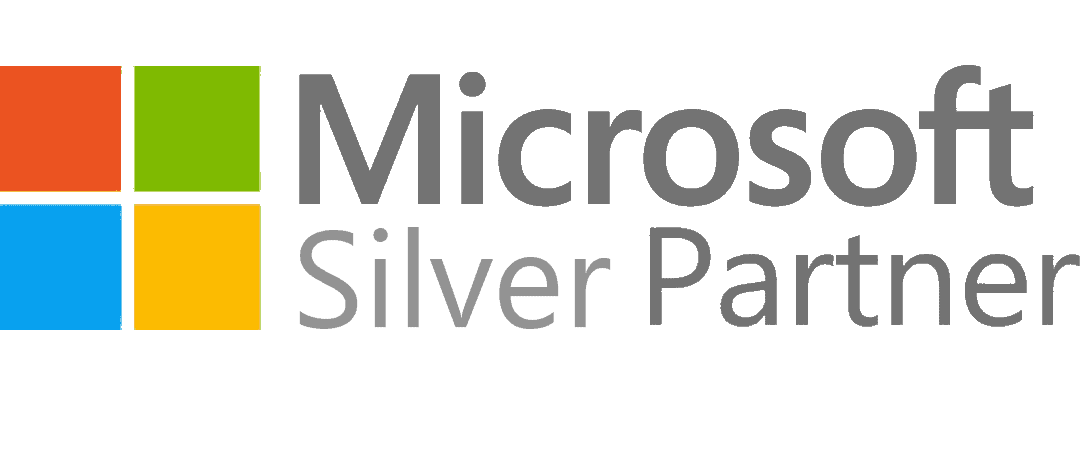Active Directory Security Compliance: Standards and Regulations. Keeping your IT infrastructure compliant with regulations and standards is critical. By doing so, organizations enhance their security measures, minimize vulnerabilities, and better protect against cyber threats. Compliance is a strategic approach that benefits data protection, operational integrity, customer trust, and the overall reputation of the organization. In […]
Ensuring Active Directory Security in Hybrid Environments. Cloud services become more and more popular each day. As a result, many businesses need to use both on-premises and cloud solutions to be able to function properly. To manage identities properly in both environment, Hybrid Active Directory (AD) need to be implemented. Deploying Hybrid Active Directory (AD) […]
Active Directory Security Checklist: Ensure Your System is Fortified. Active Directory (AD) is a common target during cybersecurity attacks for several compelling reasons. AD serves as a primary authentication and authorization service in Windows environments. Compromising AD allows attackers to gain control over user accounts, passwords, and access permissions, providing a gateway to the entire […]
Why to Perform Audit? Microsoft Exchange Server Security Audits: Detailed Guide. Cybersecurity audit is aimed to perform the assessment of IT infrastructure and to identify the gaps, vulnerabilities and problems. Exchange Server, as a service that processes the sensitive data, is usually included in the audit scope. Audit helps to: Identify Vulnerabilities. Identify weaknesses and […]
What is LDAP? Securing LDAP Communications in Active Directory. Lightweight directory access protocol (LDAP) is an open protocol used to lookup information within a network. LDAP is often used to retrieve some piece of information from the directory server which is usually a certain kind of database. Directory servers, such as Active Directory Domain Services […]
Why You Need to Enable MFA? Implementing MFA in Microsoft Exchange Server. Currently, Multi-Factor Authentication (MFA) is a security standard. By improving the credentials safety, it is recommended by both governmental agencies, such as Cybersecurity and Infrastructure Security Agency (CISA), and Microsoft and Google. MFA is a step forward beyond just a username and password. […]
Multi-Layered Defense: Enhance Exchange Server Security. Email systems are traditionally one of the main targets for cybercriminals. Mail system itself and end users are at risk. Protection of email servers, such as Microsoft Exchange Server, requires an integrated approach that includes many layers. Usage of firewalls for the network protection, spam filters to inspect the […]
Secure Email Communication with Microsoft Exchange Server . Microsoft Exchange Server 2019 supports multiple ways to secure email communication. Most of them are enabled by default and don’t require any configuration from the IT personnel. For example, all the internal communications between email clients and Exchange Servers, between servers and between services within the server […]
Entra ID Auditing Insider Threats: Detect Anomalous User Behaviour. What, if the user credentials were stolen and the malicious actors successfully pass authentication and authorization? In this case, all the data that is accessible by the compromised credentials are at risk of an Insider Threat. To protect against such threats, enterprises usually use Insider Threat […]
Detecting Security Incidents with Microsoft Entra ID Auditing. Understanding the core functions and potential threats related to Microsoft Entra ID environment is essential for maintaining robust security measures. One of the fundamental tools in this quest is the Audit log, a repository of historical records capturing user activities within the organization. This article shows aspects […]
- 1
- 2

